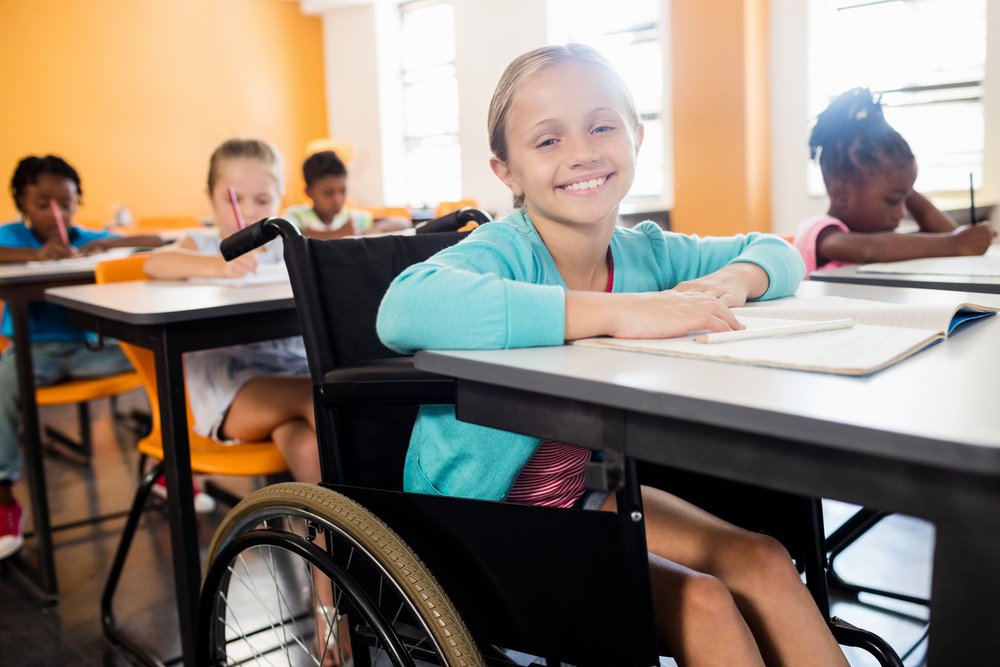Brain Lesion Type Can Predict Response to Activities to Improve Hand Function, Study Finds

A type of brain lesion in infants with unilateral cerebral palsy affecting one side of the body — called a middle cerebral artery infarct lesion — is linked with poorer responses to activity-based treatments for improving hand function, a new study shows.
The study, “Brain Lesions as a Predictor of Therapeutic Outcomes of Hand Function in Infants With Unilateral Cerebral Palsy,” was published in the Journal of Child Neurology.
Unilateral cerebral palsy (hemiplegia), which affects the movement and muscle tone on one side of the body, is the most common type of cerebral palsy, accounting for 38 percent of all cases.
In particular, the hand can be seriously affected in these children. Common features of the more affected hand include abnormal muscle tone, slowness, reduced strength, coordination difficulties, decreased function, difficulties in fine motor skills, sensory abnormalities, retention of grasp reflex, and spasticity (a condition in which certain muscles are continuously contracted).
The severity of impairment can vary widely depending on the site and degree of brain damage, and is independent of age.
Considerable evidence supports the effectiveness of using activity-based treatments for treating unilateral cerebral palsy — such as the modified constraint-induced movement therapy (m-CIMT) and bimanual therapy. However, on an individual level, treatment outcomes have been shown to vary widely.
m-CIMT refers to activities that help restrain the less-affected upper extremity, so that practice centers on functional activities with the more-affected hand. Bimanual therapy refers to carefully planned, repeated practice of two-handed (bimanual) games and activities that can help improve a child’s ability to use both hands together.
Previously, results of a clinical trial led by a group of Israeli researchers found that infants following both m-CIMT and bimanual therapy had significantly improvement in hand function. However, there was large variability within groups.
As it’s important to know which factors predict better treatment outcomes for mCIMT and bimanual therapy, the same group now set out to determine if a correlation exists between type of brain injury and treatment outcome.
There are two main types of brain injuries that can occur in unilateral cerebral palsy patients — periventricular brain lesion and middle cerebral artery infarct.
Researchers hypothesized that infants with periventricular brain lesion would respond better to upper extremity therapy than those with middle cerebral artery infarct.
Middle cerebral artery infarct (when a blood vessel that supplies some parts of the brain with blood becomes blocked) results in damage to both gray matter (a major component of the central nervous system, consisting of nerve cell bodies) and white matter (which connects different parts of gray matter to each other).
Periventricular brain lesion, which occur at an earlier gestational (pregnancy) stage, primarily results in damage to white matter.
Researchers recruited 22 infants with unilateral cerebral palsy, ages 8 to 15 months, and grouped them according to whether they had a periventricular brain lesion or had middle cerebral artery infarct.
Then, the team evaluated improvement in hand function based on results of a test called the mini–Assistive Hand Assessment, which measures how well young children with unilateral cerebral palsy (affecting one side of the body) use their more affected hand, when using both hands together to play.
Results revealed that infants with periventricular brain lesions had a more positive response to upper limb treatment compared to those with middle cerebral artery infarct.
This result supports those of other studies showing that the initial level of hand function among children with middle cerebral artery infarct is poorer than in children with periventricular brain lesion, and that therapy is often less effective when more severe impairment is evident.
“The present study showed an association between the type of brain lesion and the efficacy of upper limb treatment in infants. Infants with periventricular brain lesions displayed greater positive responses than those with middle cerebral artery infarct,” the researchers concluded.


